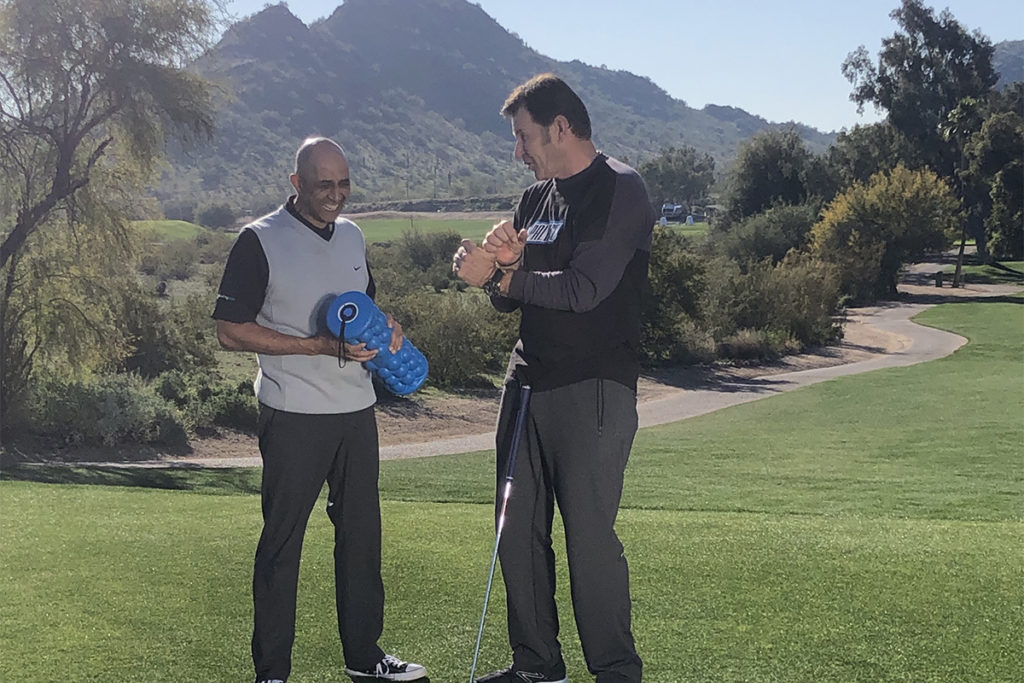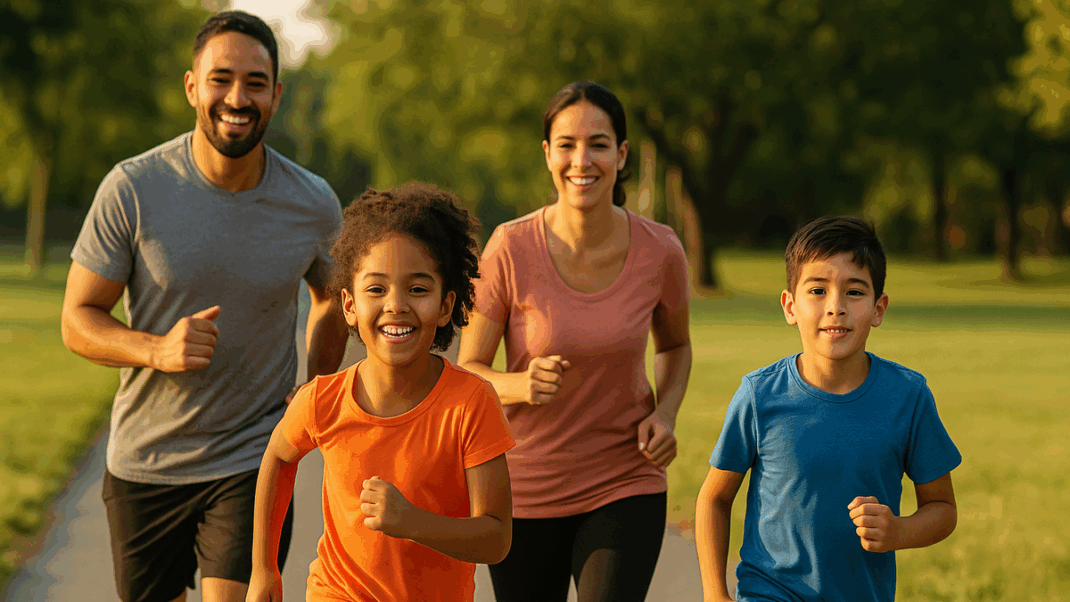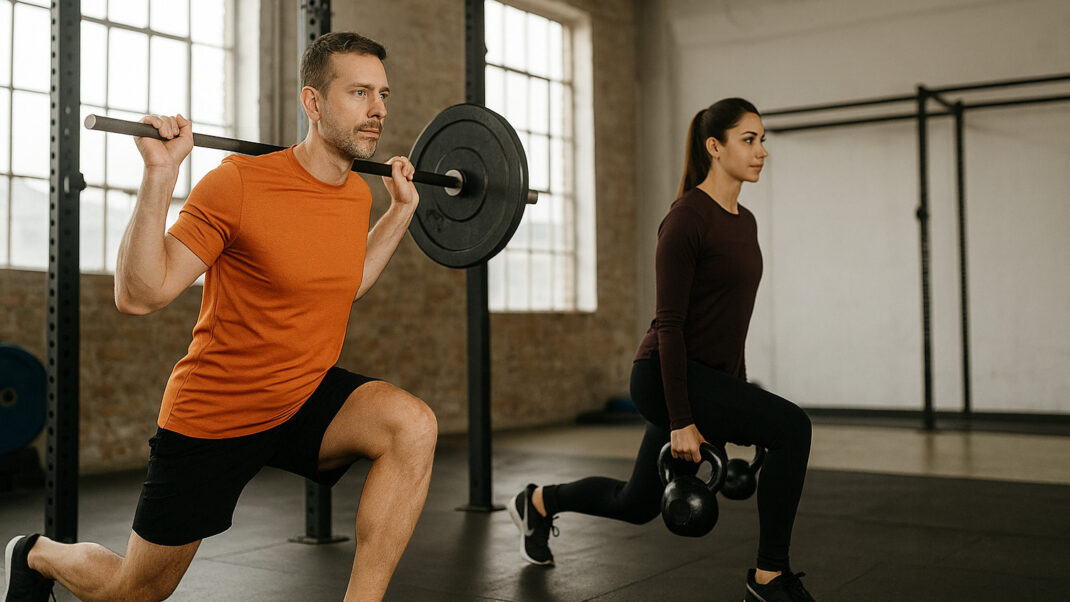Sponsored Content
2 Focused Areas to Improve Accuracy and Consistency in a Golf Swing

I have had the distinct pleasure to work with golfers of all abilities in the last 27 years of clinical practice. I carry a 9 handicap and immensely enjoy the sport. I have the great honor of traveling with and being a staff chiropractor for the PGA and Champions Tour as well as for the University of Texas Sports Medicine Staff.
Golf is a sport that is not lacking in injuries which often leads to the inability to play and thus lost or abandoned rounds. Let’s get some boring statistics out of the way. 80% of the US population suffers from low back pain and it is the top 3 reasons that people go to the doctor at the cost of over 80 billion dollars annually in the USA. 28-35% of golfers deal with low back pain which is the most common injury in the amateur and professional golfer. Keep this in mind when addressing back pain- the low back is rarely the original cause of the pain; it may be the current source of pain, but other things cause the low back to hurt. In the golfer of all capabilities swing faults and abnormal biomechanics coupled with mechanical failures in the body results in not only low back pain but also amongst other body regions.
Golf is a rotational sport hence requiring significant rotational mobility of two specific body regions that we will discuss here: 1) thoracic spine 2) hips. This is where the rotational magic happens. Golf is a unidirectional sport for the most part. Unless you find yourself behind a tree or in a tough lie and need to swing the club in the opposite direction #footwedge.
What are the effects of repeated loading in unidirectional sports such as golf, tennis, baseball? The answer is two-fold: 1) repeated stress on specific joints 2) structural imbalance. Let’s focus on golf. The 2 body regions that will be focused on in this article are the hips and the thoracic spine. Regarding the hips, the right hip in a right-handed golfer and left hip in a left-handed golfer. Loss of mobility or dysfunction of these two body regions will lead to swing faults that can cause inaccurate ball/clubface impact due to aberrant biomechanics. As a TPI (Titleist Performance Institute) credentialled practitioner it is well known and proven in the literature that swing faults can lead to injuries and that these swing faults can be caused by injuries. Let’s take a simple example in the right hip. In order to accomplish accurate and consistent ball striking the impact angle of the club face should be square to the ball. We have become a culture of “sitters and slouchers”. Prolonged sitting with poor postural awareness will have a direct effect on the hip and thoracic spine which we will focus on here.
Always keep in mind that physical limitations will affect the ability to make certain swing changes as they can adversely affect the correct sequencing of the golf swing.
Thoracic Spine:
Let’s discuss the loss of mobility in the thoracic spine that often occurs from poor sitting posture. Poor sitting posture leads to aberrations in normal spinal curves. Slouching causes a loss of cervical lordosis, increase in thoracic kyphosis and loss of lumbar lordosis. When setting up at the golf ball with increased kyphosis causes a “C posture” which leads to an inability to separate the upper from the lower torso creating an inability to create rotational winding which is imperative for a powerful and accurate golf swing. If you are unable to create separation of the upper from the lower torso. Improving mobility of the thoracic spine and reducing the excess kyphosis allows your body to transfer force thru the kinetic chain and generate power by creating elastic force. The design of the SwingBak foam roller allows you to improve thoracic mobility segmentally while sparing the bony protrusions such as the spinous process. The added vibration allows for further relaxation of the tissues and improved blood flow. I can’t preach it enough for the thoracic spine. Mobility, mobility, mobility!
Simple thoracic postural drills and exercises to be done bi-hourly allow the recreational and professional golfer to reduce the daily stresses of poor posture and provide a nice transition to the first tee box.
Hip:
The effects on our bodies from protracted sitting affects the hips due to the prolonged hip flexion causing tightness in the hip that often leads to loss of hip internal and external rotation. The hip flexors become shortened and the hamstring often become weak and inhibited. A combination of these factors causes a loss of swing speed due to reduced rotational power. The average PGA Tour player has an average of 45 degrees of internal rotation in both hips which can be up to 70 degrees. In the right-handed golfer it is imperative to maintain 30-40 degrees of internal rotation during the take-away portion of the swing and the same for internal rotation of the left hip on the downswing. If the golfer is unable to maintain up to 30-40 degrees of internal rotation the propensity is to cause a “sway” on backswing and “slide” on the downswing. This is defined as lateral motion of the lower body away from the target or towards the target. Making square, accurate and reproducible club face impact with the golf is impossible when swaying occurs. The sway is one of the most common cause of low back pain in the golfer and often leads to a weak shot to the right with too much left to right spin. Not only is it important to have this much mobility in the hips it is also important to have powerful gluteus maximus and medius. Simple fact of physics is centripetal force when we swing the club in a circular pattern in front of you, the force wants to take you which way? Forward is the correct answer, allowing the body to follow this energy results in a poor outcome leading to “early extension”. Early extension is one of the swing faults that causes low back pain. The power of the gluteus maximus is vital to pull the body weight backwards or maintaining the plane. The glutes are the king of the golf swing!
The statement might be the “ahah/peanut butter in the chocolate moment” and it revolves around hip hinging at address or setup not rounding the low back in a C-posture or excess curve known as S- posture. The ability to hip hinge and perform allows the golfer to separate the upper from the lower body with the rotation now happening in the hip joints not the lumbar spine which is not designed to rotate particularly under great loads like a golf swing. The entire lumbar spine only has 20 degrees of rotation! Hip hinging allows the golfer to rotate thru the hips and thoracic spine not thru the lumbar region.
These are a few drills to perform pre and post golf rounds to generate rotational power thru the hips and thoracic spine.
- Thoracic spine mobility
- Thoracic spine strength exercises
- Hip mobility
- Hip stability











